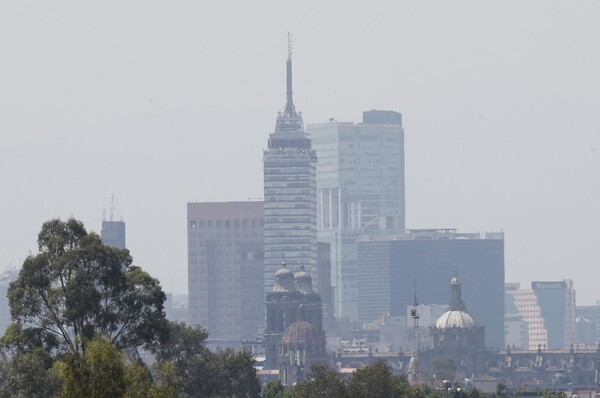
Suicide remains a topic surrounded by stigma and taboos, making effective addressing difficult despite its seriousness. The COVID-19 pandemic, which began in March 2020, has exacerbated emotional suffering worldwide, increasing the mental vulnerability of millions of people, according to the WHO. International organizations urge strengthening social ties, raising awareness about suicide, and providing hope to those who need it most.
According to the third regional report on suicide mortality in the Americas published by PAHO in March 2021, suicide remains an urgent priority in the region. Between 2015 and 2019, an average of 98 thousand deaths by suicide per year was recorded, with especially high rates in North America and non-Hispanic Caribbean. 79% of these deaths in the region correspond to men, with young people aged 20 to 24 being the third age group with the most cases.
In a recent event, a 19-year-old young man took his life at the Tout Chocolat chocolate shop in the Hipódromo Condesa neighborhood of Mexico City. The mayor of Cuauhtémoc, Alessandra Rojo de la Vega, expressed her sorrow and highlighted the importance of paying attention to mental health, promoting public policies in this regard, and fostering communication with young people. The young man entered the chocolate shop on a Sunday afternoon and self-harmed in the bathroom with a firearm, dying on the way to Hospital Balbuena despite receiving prehospital care.
Globally, suicide remains one of the greatest public health tragedies, with one death every 40 seconds. According to data from the UN, WHO, and PAHO, the risk of suicide increases with age, with adults aged 45 to 59 and those over 70 being the groups with the highest rates.













